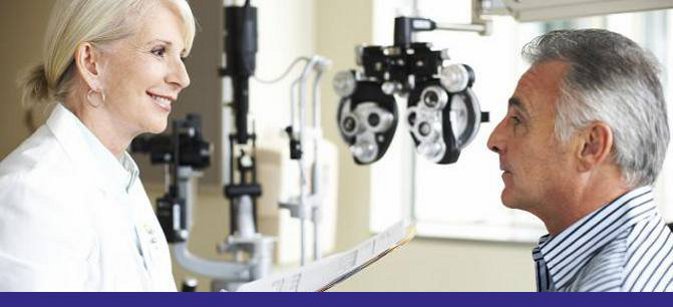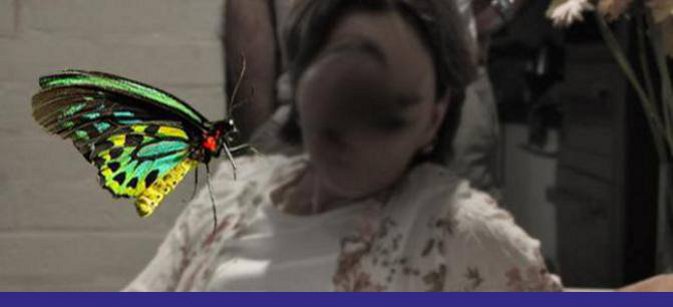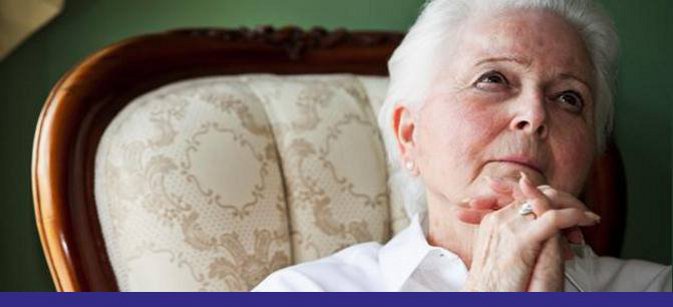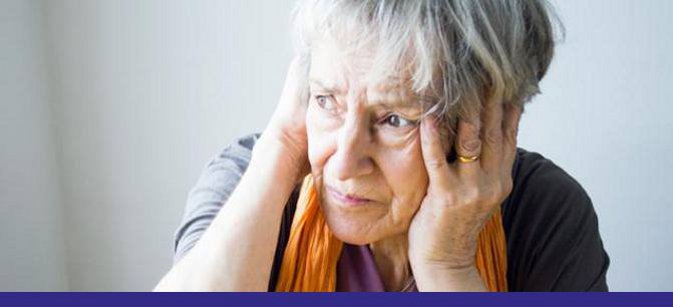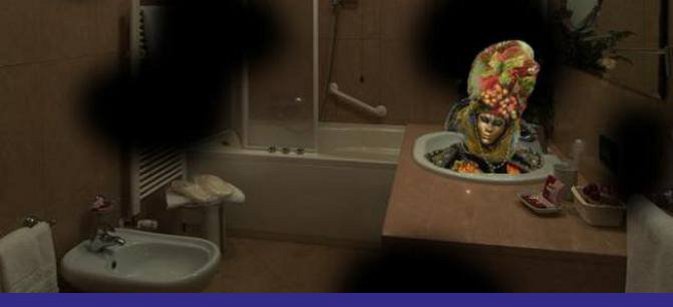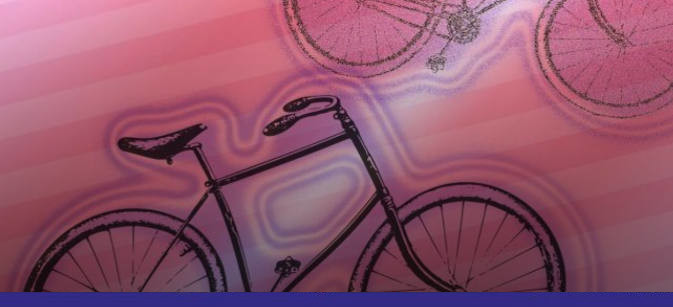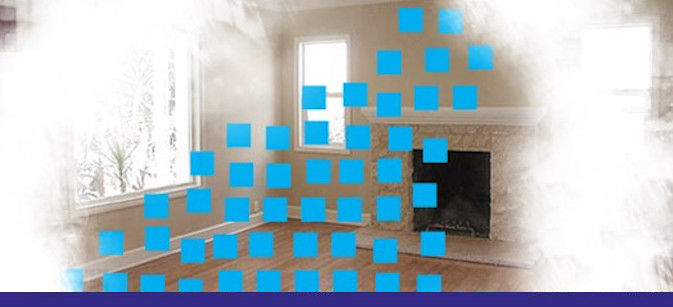What can be done?
Regrettably, many patients diagnosed with CBS are told by their health professional that there is little, if anything, that can be done for them. This is unfortunate as there are many avenues that can be explored. Even though there is presently no one single treatment that is effective in most cases, there are a range of options available and any one of these can have a positive effect.
Visual: Medical
Optimal eye care is strongly recommended.
- Ongoing visits to your eye specialist is advised to ensure monitoring of one's existing eye condition(s).
- Relevant surgical procedures which improve vision have sometimes been known to reduce and even resolve CBS (eg. removal of cataract).
Visual: Low Vision services
- Maximising existing vision through appropriate visual aids.
- Home lighting assessment taking into account one's particular form of vision impairment.
- Improving the safety and effectiveness of people moving around their homes and beyond.
- Empowering individuals to learn modified ways to undertake life tasks (eg. microwave).
Any of the above can lessen the effects of CBS but all can potentially improve the overall quality of the person's life.
There are documented cases of a lowering, and even resolution, of CBS simply by making use of suitable visual aids. This includes: improved spectacles or prisms, magnifiers (from hand-held to video formats), reducing glare or altering one's home lighting. Contact your local low vision rehabilitation service provider for assistance.
Behavioural
Challenging standard lifestyle habits can be beneficial. For example, if CBS symptoms typically occur while seated, try standing up. If they occur indoors, try to spend time outside. If the room is dimly lit, introduce lighting or vice versa. Blinking, eye closure and eye scanning techniques have sometimes been found to be effective.
Lack of sensory stimulation appears to be a crucial factor in CBS. Visual input reaching the brain can be significantly reduced due to vision loss. On top of this, many CBS-affected persons are living lifestyles where they are further deprived of sensory stimulation. This includes rarely venturing outdoors, reduced social encounters or sitting alone in a living room that is dimly lit. It seems that when a vision-impaired person's everyday life starts to shrink (where they are getting less physical, social, mental stimulation than before), that they are more at risk of CBS.
Opportunities to stimulate the senses is recommended. This could include: listening to talking books, engaging with others, playing music, undertaking some creative task, physical exercise, communing with nature or some tactile activity (eg. knitting, gardening or even tapping the table). All these types of activities stimulate the brain and in doing so, may reduce the likelihood of CBS.
- Social isolation
Social isolation has been mentioned as a risk factor for CBS. Attempts to counter isolation and engage people in social opportunities needs to be encouraged. This could be specifically through a CBS self help group and/or general opportunities to socialise with others. If the person is home-bound, then visitors to the home or use of telephone/online services could also be beneficial.
- Stress or anxiety tends to aggravate CBS. That is, phantom images can become more frequent when one is overly worried or anxious.
Consider (re-) incorporating healthy behaviours or activities into your daily life that can induce a sense of calm or relaxation. This could include: movement to music, hydrotherapy, meditation, yoga, hypnotherapy, an (re-) introduced hobby or creative endeavour.
Psycho-social
Understanding what one is dealing with
The initial experience of CBS can be one of great fear and anxiety. When such strange visual things start happening, many naturally fear the worst. Perhaps the most commonly expressed thought is: "Am I losing my mind?" It is this understandable concern that often terrifies the affected person. As a result, up to 70% of all people living with CBS never mention their symptoms to anyone. This means many suffer in silence - and sometimes for years on end.
What we do know is that once an alternate explanation is provided to account for their strange visual experiences, about two thirds (67%) will feel almost immediate relief. Coming to learn that your visions are not linked to mental decline often can remove much built-up anxiety. It can provide enormous reassurance for the CBS-affected person.
What can help put the person at ease includes:
- A medical name for their symptoms, which is not associated with mental (or memory) disturbance
- An explanation of CBS
- Openly taking an interest in their visual experiences
- Being supportive, empathic and non-judgmental
These factors often allow people to feel comfortable enough to disclose their CBS experiences. Truly understanding what one is dealing with often helps dissolve fear and openly talking with loved ones can remove the associated stigma and isolation.
- Adjustment to vision loss
Sometimes people who have lost sight can struggle to adjust to their new situation. Everyday tasks that were once straightforward can become quite confronting and taxing. Certain activities suddenly become out of reach (eg. driving, reading, fine detail tasks). All this can have a profound effect upon the person in terms of how they view themselves and their place in the world. Exploring suitable outlets to make sense of all these changes in life circumstances can be beneficial. Ask your eye specialist or low vision rehabilitation service provider about what services are available in your local area. They may be offered at little or no cost.
- Managing CBS images
Consider trying to relate to, or engage with, the images differently. Reacting to the phantom images in habitual ways (eg. fear, annoyance, frustration) can lock one into the experiences. Attempt to develop fresh ways to respond to the imagery.
- Self-talk
Those living with CBS can sometimes feel helpless in the face of intrusive imagery that they feel they have no control over. Some people have found that by taking a greater sense of control over their thoughts can be helpful. Examples include: assertively telling the images to scram, telling yourself that the unwanted phantom images are no longer accepted or that you are aware of their presence but you now choose to ignore them.
Prescribed medication
In instances where none of the above is found to be of assistance, pharmacological treatment could be explored. There have been numerous instances of total relief from CBS as a result of prescribed medication. Having said that, the strike rate is rather modest. Part of the problem is that even though a wide range of medications have been prescribed for CBS patients over the decades, comprehensive clinical trials to determine their effectiveness has not yet occurred.
It also needs to be noted that current medications used to treat CBS include anticonvulsant and antipsychotic drugs. Whether these are the optimal treatment for CBS remains a matter of conjecture.
Any of the following outcomes are possible from such prescribed medications:
- Rapidly resolves CBS
- Has no effect on CBS
- Actually makes the CBS symptoms worse
- Leads to unforeseen side effects.
Presently, there is no pharmaceutical drug that has been found to be effective in most, let alone all, cases. Therefore, exercising caution with this option is advisable.
- For those keen to explore a prescribed medication, please ensure your medical practitioner presents you with the possible pros and cons of this intervention so an informed decision can be made.
Electromagnetic
A more recent mode of treatment is known as repetitive transcranial magnetic stimulation (rTMS). It's quite a mouthful to read but is a relatively harmless procedure which attempts to modulate brain activity. This procedure currently has wide application for common conditions such as depression, stroke rehabilitation and pain management.
It principally involves the use of an electromagnetic coil placed over a specific region of the head, which (depending on the specific condition) endeavours to either increase or decrease brain cell activity in that region.
Brain imaging indicates that portions of the visual region of the brain in CBS-affected persons is over-active (especially during the experience of CBS imagery). There is preliminary evidence suggesting that the application of a low frequency (1 Hz) to this area can reduce brain activity. This 'dampening' of brain activity can lead to a reduction in, or resolution of, CBS imagery. Early studies suggest that these effects can last up to a week beyond the stimulation period.


